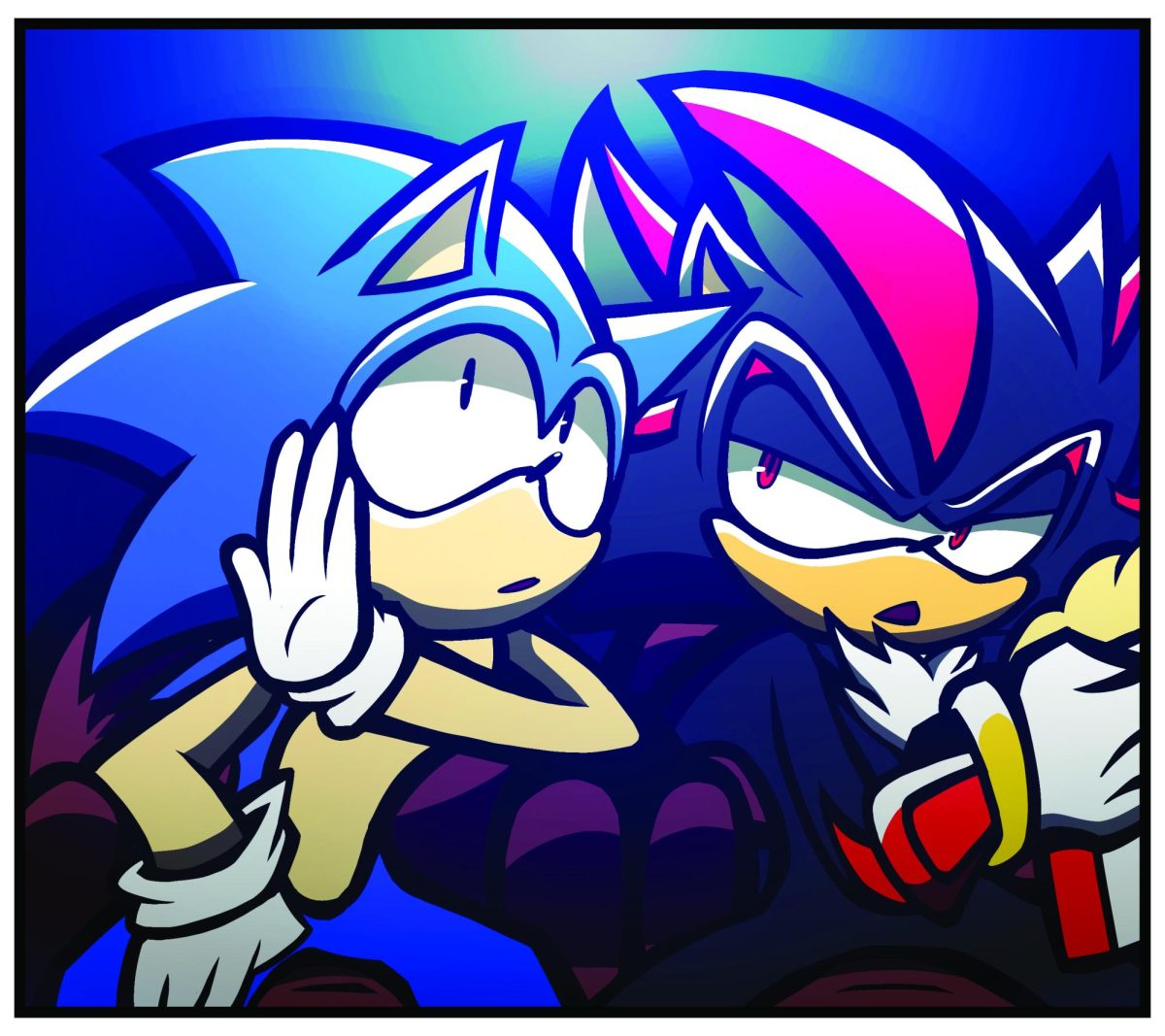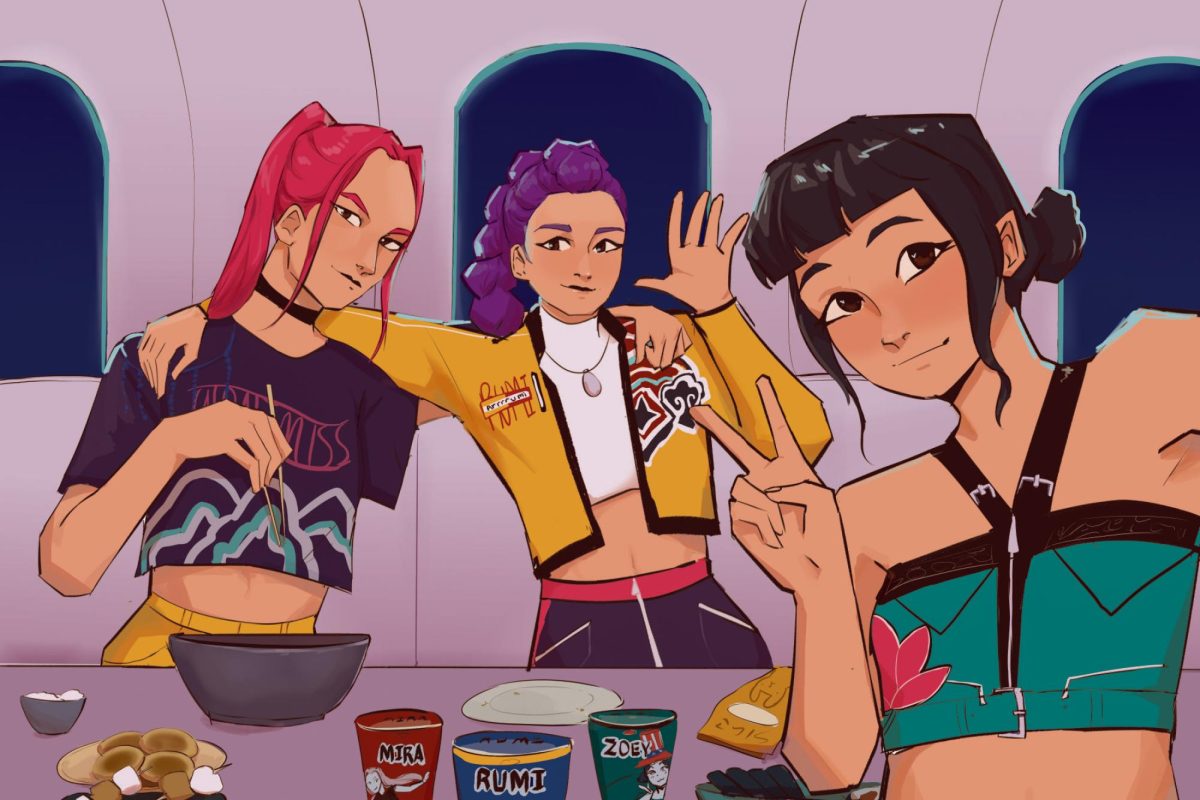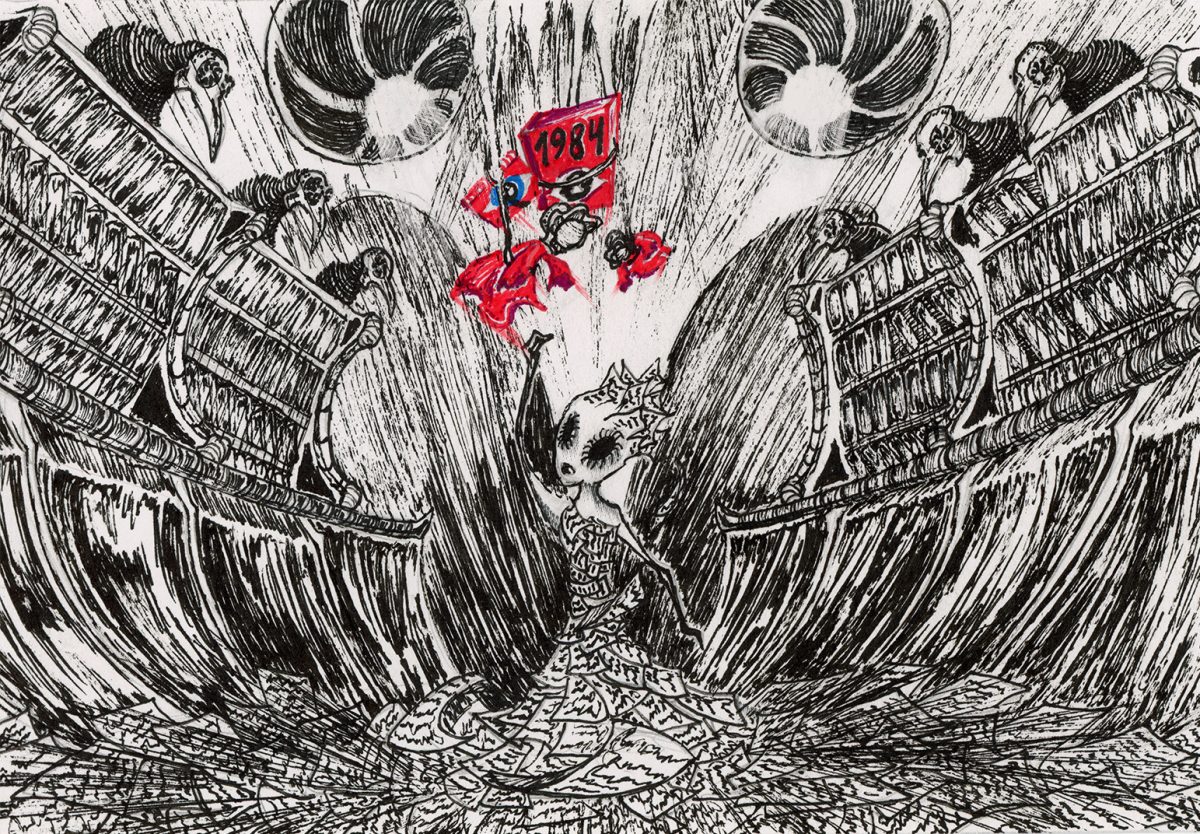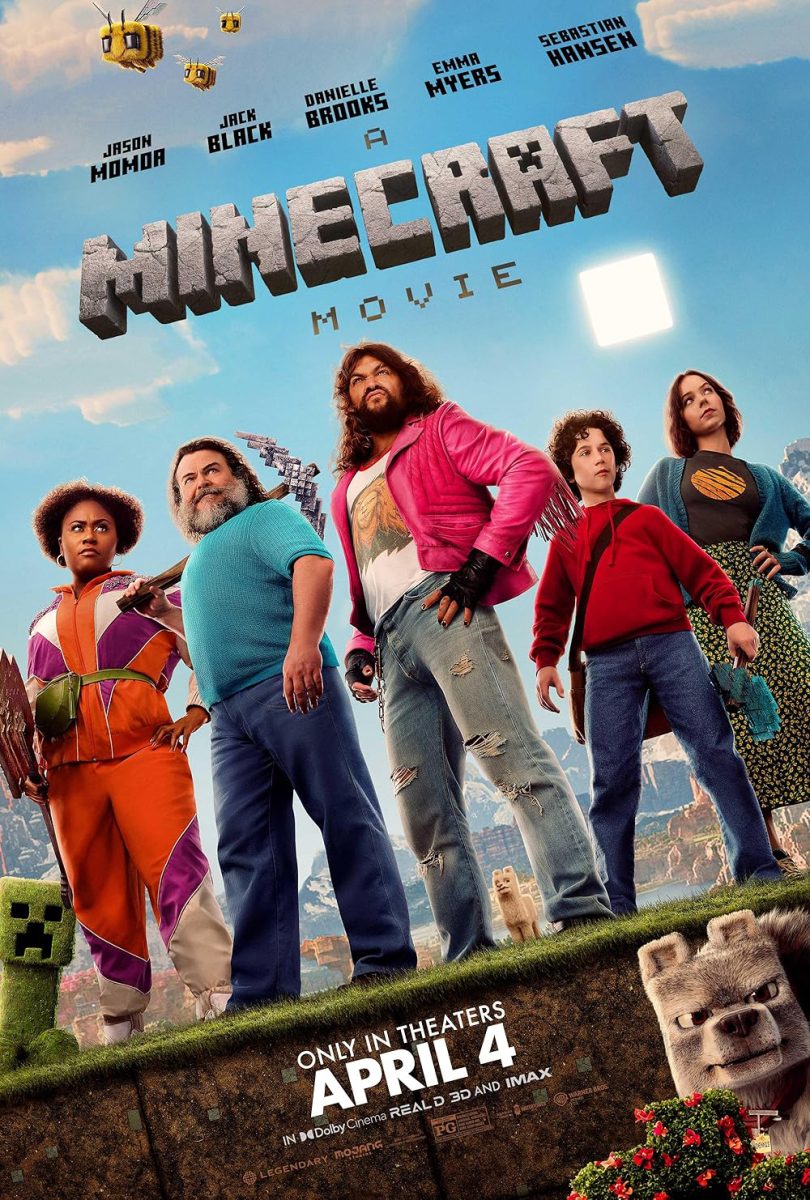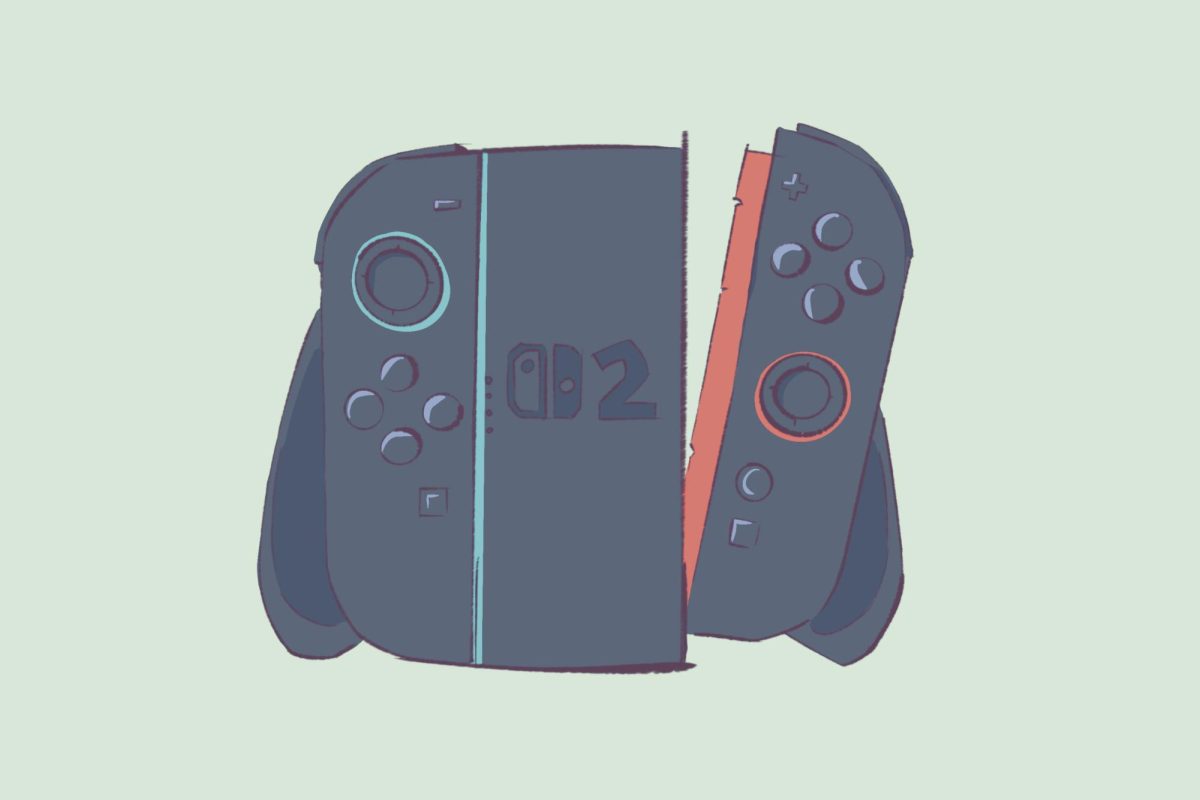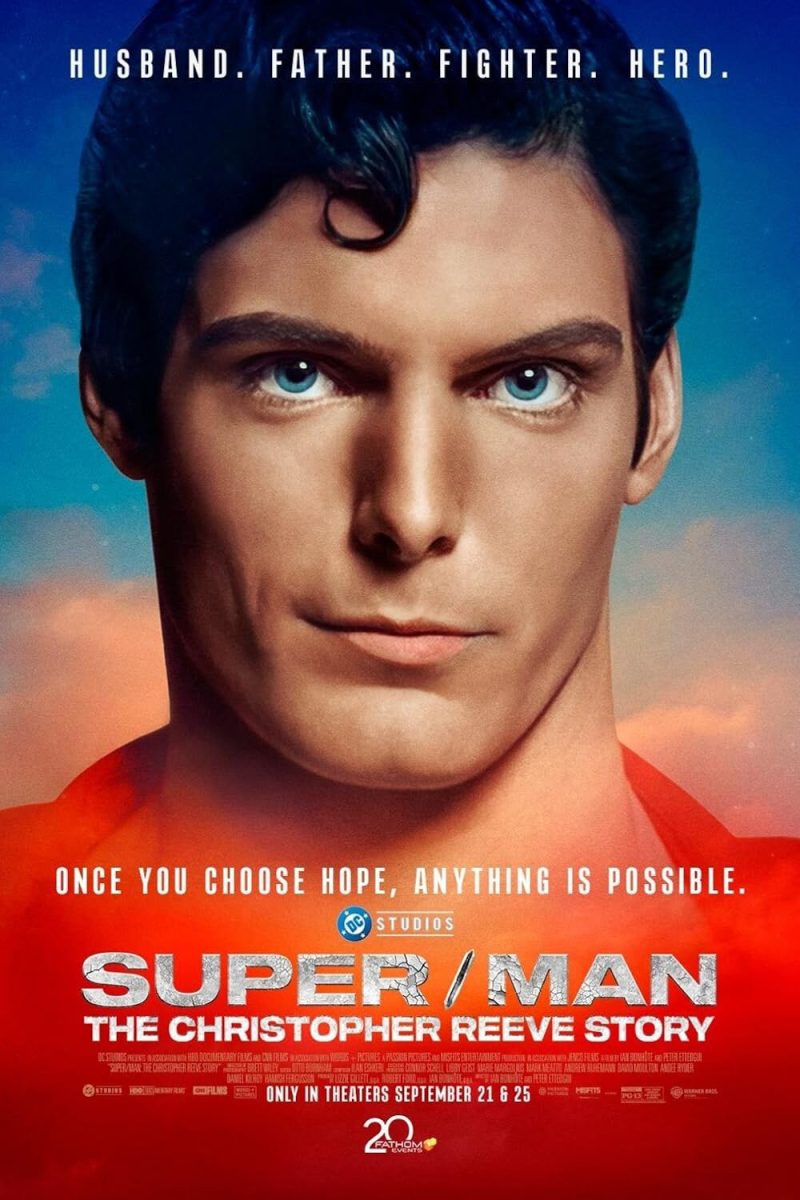Video game adaptations in movies have taken a lot of interest and are rising in popularity. The content has started spreading from a series on Netflix to becoming box office hits. There is almost always some new video game issue released every year.
Video games being adapted into films are not anything new; video games being adapted into movies started with a live action “Super Mario Bros” in 1993. Any adaptations from books, media, comic, etc., always try to reach out to their right audience but would be faced in a balancing game; this is the most common with video games. It can leave people not getting a single reference in the movie, wasting time in the process and feeling dissatisfaction.
On the other side of that, your favorite game is getting the recognition it deserves, only for it to be a completely detached plot. One example is the “Halo” series with Master Chief’s character being a little bit different than the game’s canon. These changes in very significant characters made the fans feel upset, as if the media is being treated like it is something just to put on TV – like a joke.
Video game adaptations struggle with holding up to their expectations; however, some do succeed. Now with more carefully selected studios and writers, video game adaptations are seeing improvements.
Recently “Sonic 3” surpassed a milestone with a total of $462.5 million, beating “Detective Pikachu” which only had roughly $450 million; “The Super Mario Bros” (2023) movie still holds the title of the number one video game movie. Many fans are excited for the next Sonic movie as the movie ended on a cliffhanger, revealing that a new companion entered the world.
Video game adaptations are a good introduction into the game itself: “Even if the movies aren’t great or accurate it’s a good start… I’ve seen people who would watched the Sonic movies and would start playing the games” said Mac Holland, a Brookhaven student.
Another prime example is the movie “Five Nights at Freddy’s” (FNaF), as the creator Scott Cawthon announced the starting of the project in 2015, but it did not come out until 2023. The movie, however, did not disappoint as they had worked with influential people from the fandom as well as the creator himself. The movie has two YouTuber Cameos from creators CoryxKenshin and MatPat (The Game Theorists) who were background actors as a nod to the fandom. They worked with Jim Henson’s Creature Shop to build and make the animatrons, truly bringing the fantasy from the game into real life.
Other than blockbuster hits, video games have also adapted into TV series such as “Cyberpunk”, “The Last of Us”, “Arcane”, “Halo”, and “Fallout” all these series have shared their own fair amount of success.
While there are ups and downs to follow, some adaptations produce well-formed content with a lot of thought and others wouldn’t as strongly as anticipated. “Borderlands” (2024) would fall under this category, as it suffered poorly and only made about $30 million – in contrast to the budget for the movie, which was at least $115 million – the movie made one fifth of the total budget. Along with the talks of the “Minecraft” movie as it was massively criticized by many since the movie is taking a live action route rather than its usual 3D animated world, the movie received over one million dislikes on YouTube. Other poorly criticized releases during the 2020s are: “Resident Evil: Welcome to Raccoon City”, “Monster Hunter”, “Uncharted” and “Mortal Kombat”. These movies were sadly buried with other more successful movie releases.
More video games are getting green lit into production and revived, such as the “FNaF” movie getting a sequel coming out this year, as well as the next “Sonic” movie. Horror games are frequently being green lit, such as the new adaptation in production for “Bendy and the Ink Machine,” directed by André Øvredal, who also directed “Scary Stories to Tell in the Dark” and “Trollhunter.” Another game being pursued into production is “Poppy Playtime” with the studio Legendary Entertainment, the same studio that made “Pacific Rim” and “Detective Pikachu.”
Video Games have always been an important influence in media, so it’s amazing that these games are being treated seriously and not just “oh it’s a bunch of characters on a screen.” These games hold comfort to people, giving them a sense of community and worlds to escape to. Everything in the movie means something to its smallest details even a small line – such as in “Sonic 3” when there was a line in the movie where Sonic calls Shadow (the antagonist) ‘Hot Topic’ which was an inner fandom joke.
I’ve watched and been in game fandoms since “FNaF” first came out in 2014, so when I finally saw the game in theaters, a nostalgic feeling rushed over.
Video games have a lot of creativity and personality throughout – it has spirit. So when it comes to making it into an adaptation, I do see it being difficult to match up to, but that doesn’t stop people from creating these movies and showing an appreciation for the game.
It all starts off with ideas and an end goal; I think perhaps in order for an adaptation to be successful it should take a slower approach and not rush through everything – work with creators of the games or the most influential people, such as well-known video game influencers. This can help in making the movie at least closer to the game’s canon. The next big goal is to value the viewership of the people of the game, after all the game wouldn’t have made its big break if it weren’t for the fans – it’s like a reward for them to watch the adaptation. The story can be its own battle; it is important to value the origins of the game and not make it too complex to new viewers but uphold itself to ongoing fans. This is why it’s best to work with creators and influential people since they know the game and can neutralize any confusing points.
For what it seems, video game adaptations aren’t going to be going anywhere, and it really seems that studios are slowly starting to take action on adaptations – but that’s just a theory.


